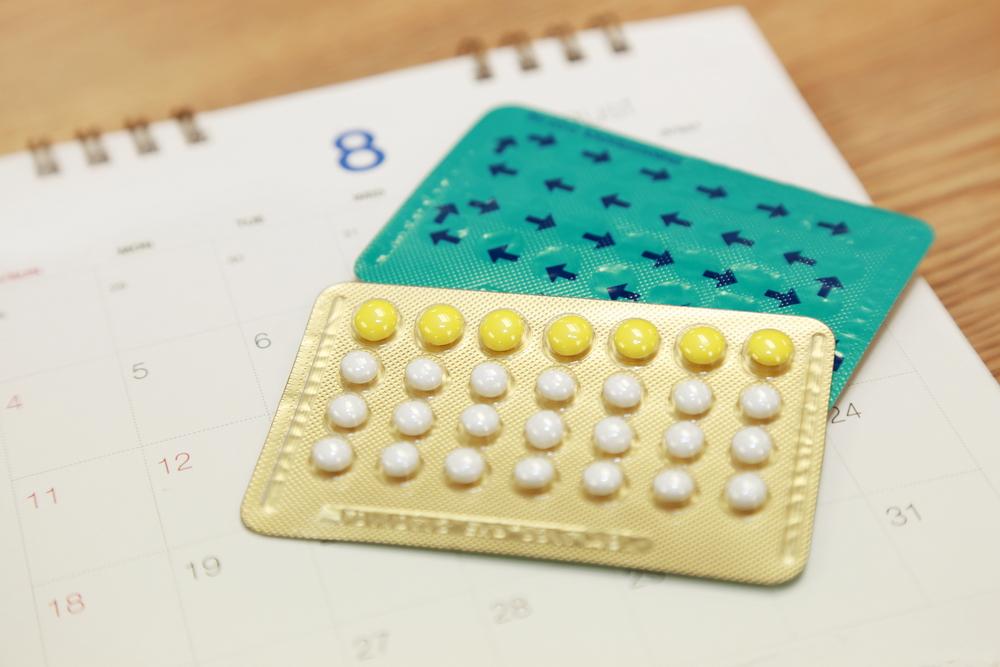
The Best Birth Control Options
When it comes to preferred birth control options, there is no one type of contraception method that suits everyone and their needs. Keeping in mind the basic birth control operate via hormonal methods, which block the ovaries from releasing eggs; barrier methods, which block sperm from reaching egg; medical methods, which alter the body’s ability to release sperm or eggs: and behavior contraception, like withdrawal or abstinence.
Birth control is an extremely personal choice, and many individuals choose to utilize multiple birth control options (i.e., oral birth control pills and condoms) to safeguard against pregnancy and sexually transmitted infections (STIs). However, these are the most popular birth control methods:
1. Hormonal birth control pills
Hormonal birth control pills are a popular birth control method for women. These are taken on a pre-set schedule (i.e., daily, monthly, yearly) in order to prevent ovulation and pregnancy. However, many women do worry about exposing their bodies to hormones in stronger dose combination pills. Luckily, innovations in hormonal birth control have introduced lower hormone birth control options, such as Lo Loestrin Fe, which is the lowest dose contraceptive available and prevents pregnancy with as little as 10 micrograms of daily estrogen on a 26 day cycle. Lo Loestrin is taken once daily, and much lighter and shorter monthly periods compared to other hormonal type oral contraceptive pills. Talk to your doctor about low dose birth control pill options, and once you find a pill that works for you, you can find affordable low cost birth control pills online for convenient purchase and delivery.
2. Intrauterine devices
Also commonly referred to as IUDs, these contraceptive intrauterine coil devices are implanted by a medical professional in a woman’s uterus to prevent fertilized eggs from implantation. The IUD triggers the uterus to produce a thick layer of mucus that impeded egg plantation and unwanted pregnancy. Many women prefer the IUDs (i.e., Minera, Liletta, Kyleena, ParaGard, and Skyla) because they can be forgotten about once implanted and they tend to result in lighter monthly periods. There are common side effects of IUD use though, including ovarian cysts, bleeding or spotting between periods, and in rarer cases pelvic and back pain.
3. Condoms
Condoms are a popular barrier contraception method that prevents unwanted pregnancy and STIs by impeding male sperm from fertilizing an egg. Most condoms are made from thin latex or polyurethane and worn over the male penis. Many sexual partners utilize condoms as one of their preferred birth control methods, using birth control pills, IUDs, or diaphragms in addition to further protect themselves from unwanted pregnancy and STIs.
4. Diaphragms
Also commonly referred to as cervical caps, the diaphragm is a soft silicone cup that’s bent in half and inserted into the vagina and over the cervix to prevent unwanted pregnancy. Many users of the diaphragm also use spermicide prior to sexual intercourse for added protection. While many women prefer diaphragms, they may cause vaginal irritation and they also offer little protections against contracting STIs.


